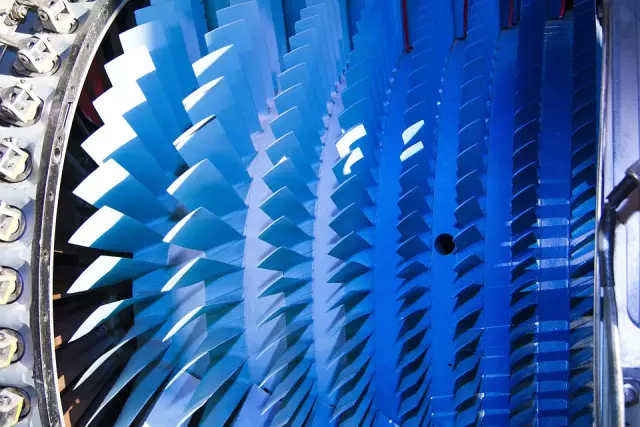- Author Maria Gibbs [email protected].
- Public 2023-12-16 03:05.
- Last modified 2025-01-22 17:48.
Normal operation of a classic car of the VAZ family is possible only with a serviceable engine. Therefore, special attention should be paid to its maintenance and adjustment. If you use low quality engine oil, carbon deposits will begin to form inside very quickly, and coking of the oil channels will occur. In this case, the savings will result in quite serious financial losses. ICE repair can be carried out on your own, if you have some skills.
It is necessary
- - a set of keys and socket heads;
- - piston mandrel.
Instructions
Step 1
Remove the engine from the vehicle. To do this: drain the oil from the crankcase and the coolant from the cooling system, remove the battery. Then unscrew the 4 bolts with a 13 key and remove the hood to make it easier to carry out the rest of the manipulations in the future. Remove the air filter. After unscrewing the four bolts with a 13 key, remove the carburetor.
Step 2
Dismantle the muffler starting from the rear. Using the "13" wrench, unscrew the four nuts that secure the "pants" to the exhaust manifold. Unscrew with a key "13" the rear part of the propeller shaft, which is attached to the rear axle gearbox. Remove the outboard bearing, pull the cardan out of the gearbox. Unscrew 4 bolts with a “17” wrench that secure the box to the engine, 3 starter bolts “13” as well as two nuts “13” from the rear gearbox holder. Remove the box.
Step 3
Remove all attachments from the engine: generator, starter, fuel pump, ignition distributor. Unscrew the engine mounts on the front beam. Remove the valve cover. Unscrew the cylinder head bolts with a socket head, mark each to its own meta, so as not to make a mistake during assembly. Remove the cylinder head. Pull the engine out with a winch or by hand. Place it on a flat and clean surface.
Step 4
Remove the oil pan, oil pump. Unscrew the connecting rod bolt nuts with a socket head "14", remove the connecting rod caps and carefully pull out the pistons with connecting rods through the cylinders. Mark pistons, connecting rods and caps to avoid confusion during assembly. Lock the flywheel and remove it from the crankshaft. Unscrew the bolts of the main bearing caps and remove them together with the lower shells; remove the crankshaft.
Step 5
Press out the piston pins. Inspect the pistons, if there is a defect on them, then replace them. Give the cylinder block a bore for the new piston size. Measure the crankshaft, in case of a defect, or give it to a bore for a repair size, or for surfacing, or replace it with a new one. According to the size of the crankshaft journals, select the size of its liners. Inspect and measure the connecting rods, in case of defect - replace. Inspect the interface between the cylinder head and the cylinder block. If there is a gap, sand it. Inspect the valves, defective - replace, take diamond grease and grind the valve seats.
Step 6
Press piston pins into piston and connecting rods. Replace slinger and compression rings on the pistons. Insert the pistons with a mandrel into the cylinder block. Insert the crankshaft bearings into the connecting rods, put the crankshaft. Insert the inserts into the connecting rod caps and screw them to the connecting rods with a torque wrench with the required force. Put the oil pump, sump.
Step 7
Install the engine to the vehicle. Tighten the cylinder head with a torque wrench to the required torque. Adjust the valves with a feeler gauge. Install the valve cover. Screw on the box, muffler, attachments. Adjust the ignition timing. Refill with mineral oil and run in. Do not overload the engine at first. Try to keep the engine speed within 2500 rpm.






